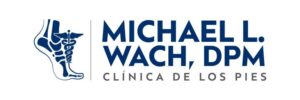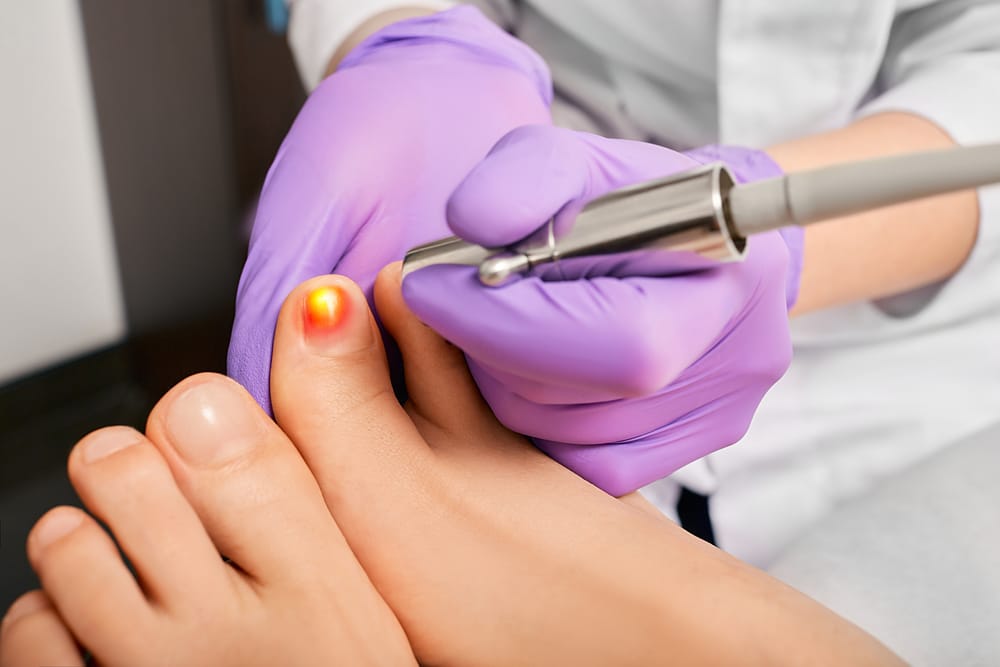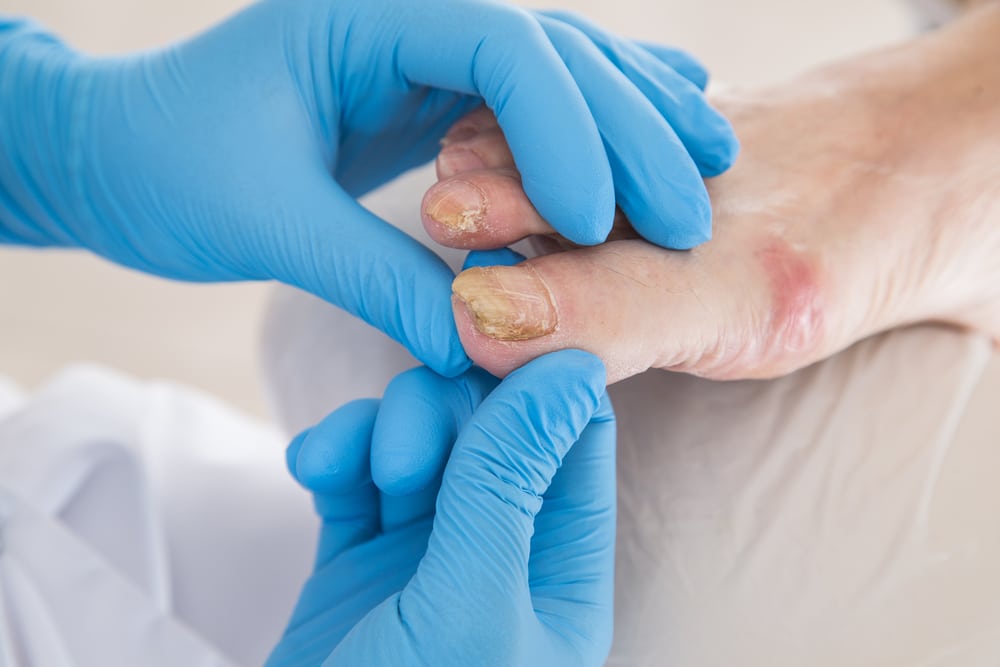Ingrown toenails can turn simple activities like walking or wearing shoes into painful ordeals. When your toenail grows into the surrounding skin, it creates swelling, redness, and sometimes infection. The good news? Effective ingrown toenail treatments in Orem and West Valley City exist to provide relief and prevent future problems.
If you’re dealing with an ingrown toenail, understanding your treatment options helps you make informed decisions about your foot health. From at-home remedies to professional medical interventions, various approaches can address this common but uncomfortable condition. At Dr. Michael Wach, we offer comprehensive care to help you get back on your feet and be free from ingrown toenails.
Understanding Ingrown Toenails
An ingrown toenail occurs when the nail’s edge or corner grows into the soft flesh surrounding it. This typically happens on the big toe, though any toe can be affected. The condition develops for several reasons, including improper nail trimming, tight-fitting shoes, injury, or genetic predisposition.
Early signs include tenderness, swelling, and redness around the nail. Without proper treatment, the area may become infected, leading to pus, increased pain, and potential complications.
At-Home Treatment Methods
Warm Water Soaks
Soaking your foot in warm water for 15-20 minutes, three to four times daily, can reduce swelling and tenderness. Add Epsom salt to the water for additional anti-inflammatory benefits. This simple remedy often provides immediate relief and helps soften the nail.
Proper Nail Care
Trim your toenails straight across rather than in a curved shape. Avoid cutting them too short, as this encourages the nail to grow into the skin. Use clean, sharp nail clippers and file any rough edges gently.
Cotton Placement Technique
After soaking, carefully place a small piece of cotton or dental floss under the ingrown edge. This helps lift the nail away from the skin and encourages proper growth direction. Replace the cotton daily and keep the area clean.
Over-the-Counter Pain Relief
Anti-inflammatory medications like ibuprofen can reduce pain and swelling. Topical antibiotic ointments may prevent infection in minor cases, but avoid using them for extended periods without medical guidance.
When to Seek Professional Treatment
Some ingrown toenails require professional medical attention. Contact a podiatrist if you experience:
- Signs of infection (pus, red streaks, fever)
- Severe pain that interferes with daily activities
- Diabetes or circulation problems
- No improvement after several days of home treatment
- Recurring ingrown toenails
Professional Treatment Options
Nail Trimming and Lifting
A podiatrist can safely remove the ingrown portion of the nail and lift the remaining nail away from the skin. This procedure typically provides immediate relief and can be performed in the office with local anesthesia.
Partial Nail Removal
For severe or recurring cases, partial nail removal may be necessary. The doctor removes the ingrown section of the nail and applies medication to prevent that portion from growing back. This procedure has high success rates and minimal recovery time.
Nail Root Treatment
In chronic cases, treating the nail root (matricectomy) prevents the problematic section from regrowing. This permanent solution is reserved for patients with recurring ingrown toenails that don’t respond to other treatments.
Antibiotic Treatment
If infection is present, oral or topical antibiotics may be prescribed alongside other treatments. Early antibiotic intervention prevents complications and promotes faster healing.
Specialized Care in Utah
For residents seeking ingrown toenail treatment in West Valley City and Orem, Dr. Michael Wach provides comprehensive foot care services. Professional evaluation ensures you receive appropriate treatment based on your specific condition and medical history.
Experienced podiatrists can assess the severity of your ingrown toenail and recommend the most effective ingrown toenail treatment approach. They also provide guidance on preventing future occurrences through proper foot care techniques.
Prevention Strategies
Preventing ingrown toenails is often easier than treating them. Choose shoes with adequate toe room and avoid styles that compress your toes. Maintain good foot hygiene and trim nails regularly using proper technique.
Athletes and people who spend long hours on their feet should pay extra attention to foot care. Moisture-wicking socks and properly fitted athletic shoes reduce the risk of nail problems.
Finding the Right Treatment Approach
The best ingrown toenail treatment depends on the severity of your condition, your overall health, and whether infection is present. Minor cases often respond well to conservative home treatments, while severe or recurring problems typically require professional intervention.
Don’t let ingrown toenail pain limit your daily activities. Whether you try at-home remedies first or seek immediate professional care, addressing the problem promptly leads to better outcomes and faster relief. For persistent or severe cases, consulting with a qualified podiatrist ensures you receive the most appropriate and effective treatment for your situation. At Dr. Michael Wach, we specialize in treating ingrown toenails and helping our patients find long-term relief. Don’t suffer any longer – contact us today to schedule an appointment and take the first step towards healthier, pain-free feet.


